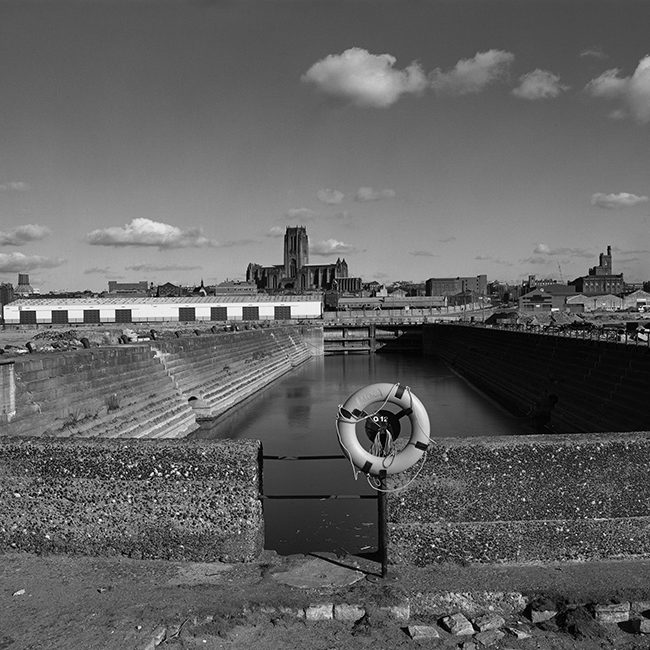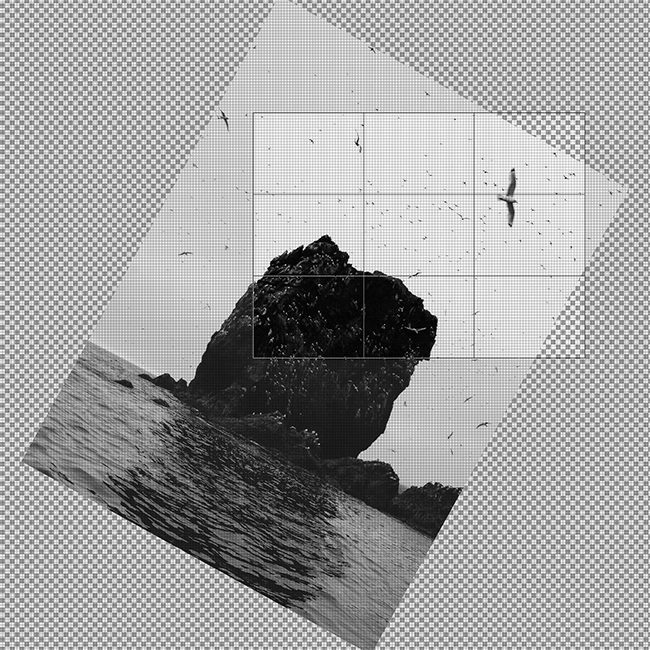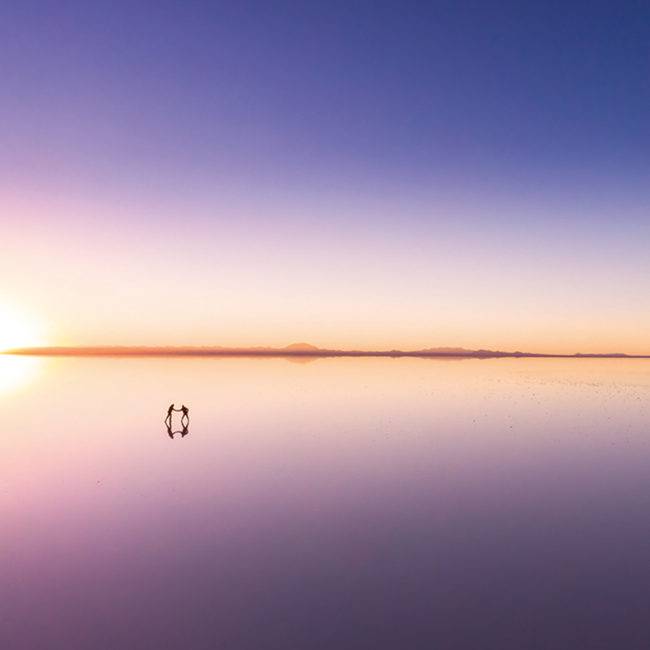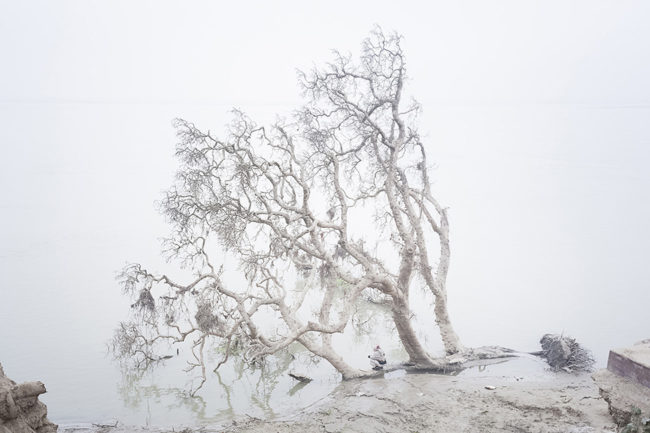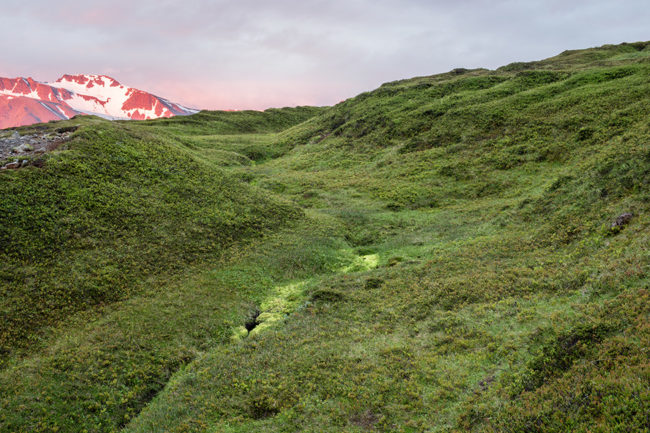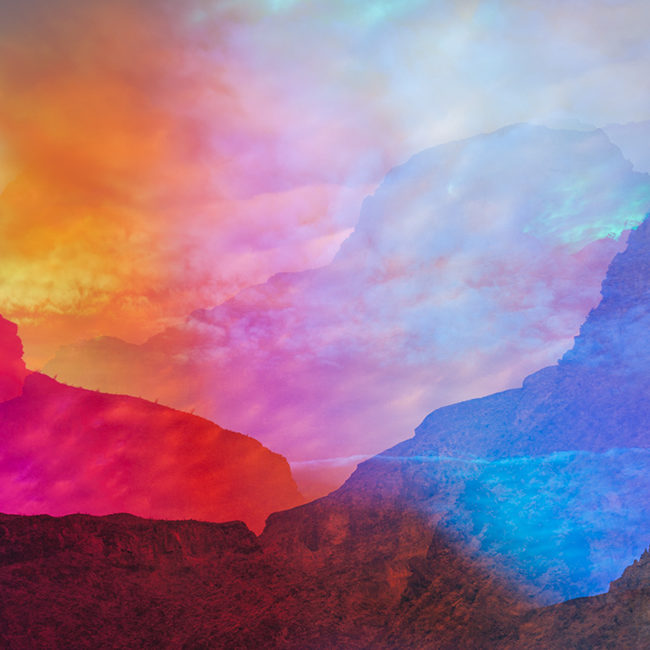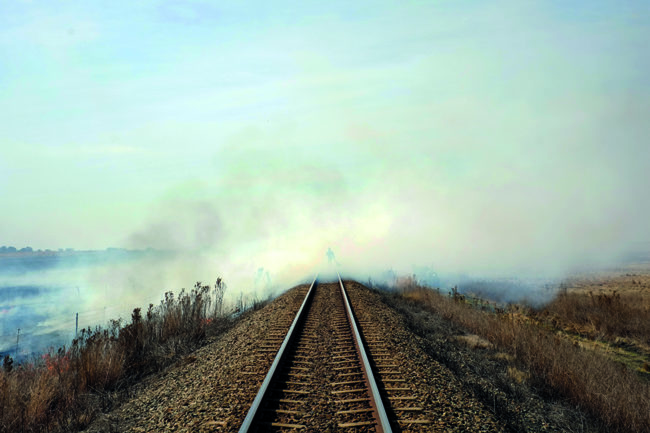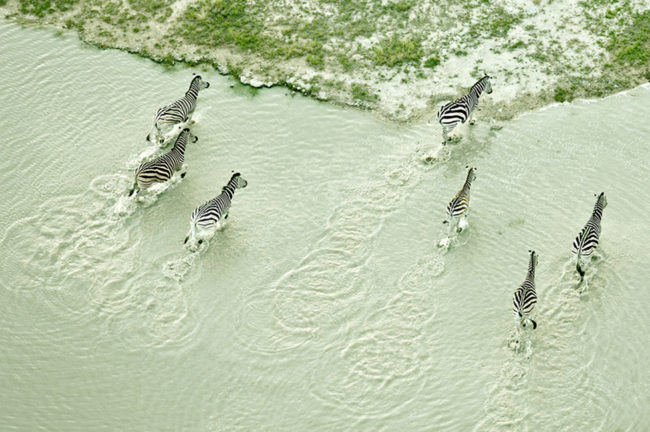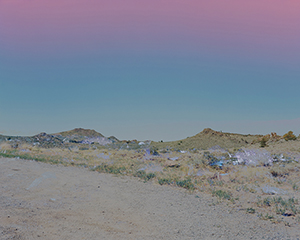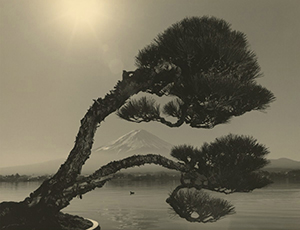Jack Spencer began making the photographs in This Land: An American Portrait, published recently by University of Texas Press, a few years after the 9/11 attacks, “in hopes of making a few ‘sketches’ of America in order to gain some clarity on what it means to be living in this nation at this moment in time,” he writes in the book. Avoiding overt symbols, “I was looking for deeper, more ambiguous metaphors that might reveal my country.” His investigation lasted thirteen years and took him to 48 states, and produced a vision of the American landscape that is at once nostalgic and forward-looking, melancholy and romantic. Spencer’s subjects range from iconic American sites, including Mount Rushmore and Niagara Falls to quiet, anonymous places—there are cornfields and forest, beaches and dirt roads, factories and storefronts, nearly all empty of people. Spencer avoids the generic contemporary American landscape, “homogenized by countless nationwide restaurants, big-box stores and massive shopping malls,” and instead focuses on the “inescapable and breathtaking beauty of this massive land,” he writes. He finds elk grazing in Point Reyes, California, a mustang at rest in Monument Valley; a dirt road framing a thunderhead in Wyoming; a flock of birds in a dusky Iowa sky; and a deserted factory on the quiet River Rouge in Dearborn, Michigan.
Spencer works in a deeply pictorialist style, adjusting his palette and tone to make images that are true to his feeling about a place rather than to what the camera records. “Edward Steichen was one of my big influences,” he once told an interviewer. “He thought that an image should look good on a wall, that it should have some painterly qualities,” an approach Spencer admires as a painter himself. Spencer’s interventions in the images in This Land range from subtle to overt. In the book he describes his reaction to some of the early photographs he made. “Anger made me tear and distress my first prints to an extreme degree, pouring on caustic substances and bending and even burning them as an expression of my disgust with what had become an increasingly strange land,” he writes. “On subsequent trips, my rage slowly mellowed and I started to incorporate color into the pictures.”
The result is a picture of America that resembles a dreamscape, mostly free of the familiar signs of development and consumerism but nonetheless hinting at a darkness in the landscape. As Jon Meacham writes in the book’s foreword, “Whether we are progressing or regressing is a question Spencer leaves us to answer as we travel in his footsteps, encountering landmarks in ruins or, at least, on the edge of a broad cultural dusk.”
Related Stories:
Ryan McGinley On the Road
Childhood Through a Veil of Old Film
A Skateboarding Wet-Plate Photographer’s Year-Long Cadillac Project (for PDN subscribers; login required)

